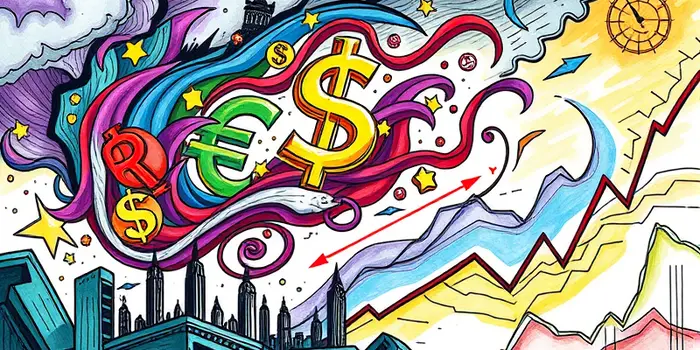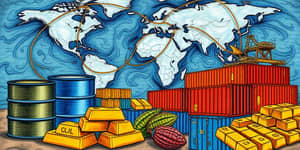
As 2025 unfolds, the world faces a powerful reminder of how closely interconnected our economies are. From shifting policies in major financial centers to sudden market jolts, currency fluctuations have become a barometer of rising tensions and risks. This article delves into the forces driving these swings and offers practical insights on navigating the storm.
Global growth forecasts have steadily declined, signaling potential recession. The world GDP expansion is expected to dip to 2.3% this year, slipping below the 2.5% threshold often viewed as a warning sign. At the same time, the Economic Policy Uncertainty Index sits at its highest level of the century, reflecting heightened financial market volatility and jittery investor sentiment.
Several key drivers have converged to stoke this unease:
As these dynamics play out, currency markets have become a central battleground where expectations about growth, inflation, and policy are tested every hour.
One of the most dramatic trends is the U.S. dollar’s persistence near record highs. In 2024 alone, the dollar rose by 7%, even as the Federal Reserve cut rates twice. According to IMF estimates, the currency remains overvalued by roughly 5.8% on a real effective basis.
Key to this phenomenon is the policy divergence between major economies. While markets anticipate only 44 basis points of Fed rate cuts in 2025, the European Central Bank is priced for 110 basis points of reductions, and Japan appears poised for rate hikes. These contrasts have pushed the U.S. 10-year Treasury yield well above many peers—the widest gap since 1994—and underpinned sustained dollar strength.
*Precise figures vary by data source.
The result is persistent currency value swings that can quickly alter the competitive landscape for exporters and importers alike.
Emerging economies are feeling the heat. In India, for example, a 5–7% rupee depreciation can swing profit margins in sectors like garments and chemicals, while raising costs for energy and electronics imports. Similar pressures weigh on Brazil’s real, prompting central banks to consider interventions.
Exchange rate volatility has become a systemic risk for international trade, according to WTO analysts. Companies now face unpredictable input prices and must revise contracts more frequently. To cope, many are ramping up hedging through forwards and swaps, even as transaction costs rise.
These tactical moves underscore the need for agile planning in a world where exchange rates can shift by several percentage points in weeks.
Central banks and governments are deploying a mix of monetary and fiscal tools. Many non-U.S. central banks plan rate cuts as inflation cools, aiming to support growth without triggering excessive depreciation. Meanwhile, the Fed appears set on a steady path until at least early 2026.
On the fiscal side, major economies are leaning toward expanded deficits. Germany expects a post-unification high in its deficit to finance infrastructure and defense spending, while the United States braces for rising interest costs on its growing debt. These policies can provide short-term relief but may add pressure on currencies if not coordinated carefully.
Businesses, too, must embrace proactive risk management approaches and diversified supply chain strategies:
By integrating these measures, firms can shield themselves from sudden currency swings and maintain smoother operations.
Persistent volatility and geoeconomic fragmentation and protectionism threaten to deepen the global slowdown, making cooperation more challenging. Yet, within these challenges lie opportunities. Policymakers must coordinate to avoid destructive currency wars, while businesses can transform volatility into a competitive edge through innovation and preparedness.
As the dust settles on each new policy announcement or economic report, one truth remains clear: in a landscape defined by shifting exchange rates, the ability to anticipate, adapt, and respond swiftly will separate the resilient from the vulnerable. By embracing bold strategies and fostering international collaboration, stakeholders can steer a steady course through today’s turbulent financial seas.
References













